Are you interested in exploring historic homes? Here are the must-see historic houses in Poland:
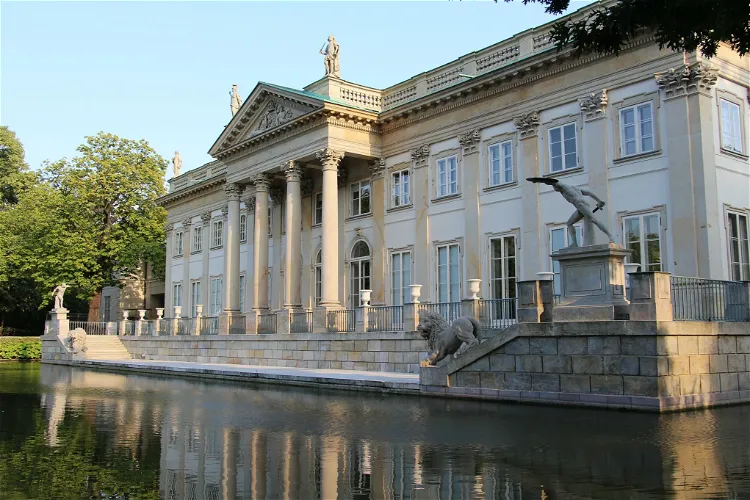
Lazienki Park
WarsawThe Royal Łazienki Park, known in Polish as Park Łazienki Królewskie, is the largest public park in Warsaw, Poland. It covers an expansive area of about 80 hectares, providing ample space for visitors to explore and enjoy. The park is a significant part of Warsaw's landscape, offering a blend of nature and architecture that is unique to the city.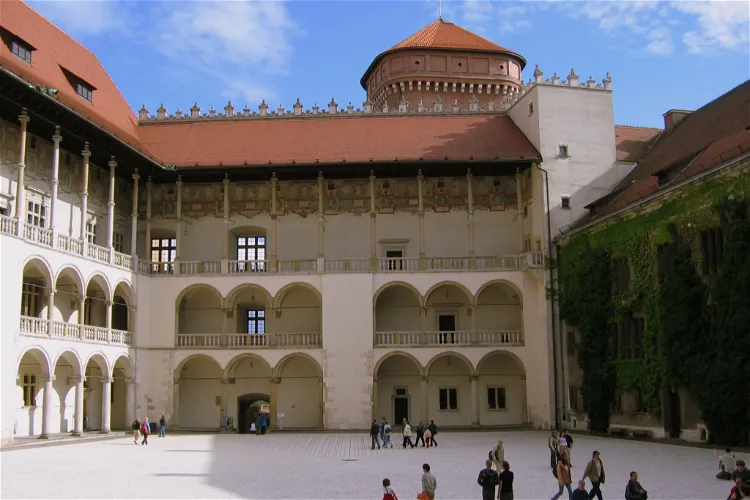
Wawel Royal Castle
KrakówThe Wawel Royal Castle National Art Collection is a significant part of the historic Wawel Castle in Kraków. This residence museum houses a vast collection of art, providing visitors with a glimpse into the rich history and culture of the region. The collection was officially inaugurated in 1930 and has been known by its current name since 1994.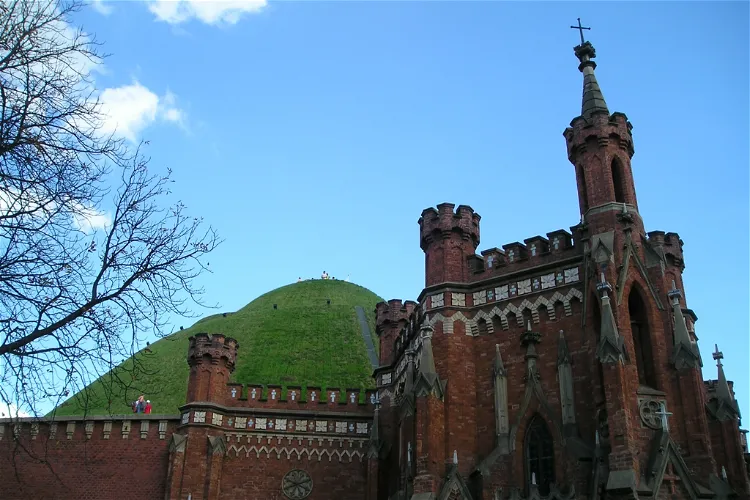
Kosciuszko Mound
KrakówKościuszko Mound, located in Kraków, Poland, is an artificial mound built in honor of the Polish national leader, Tadeusz Kościuszko. This monument is a testament to the national pride and respect for the leader who played a significant role in Poland's history. Visitors can learn about the historical significance of this site and the person it commemorates.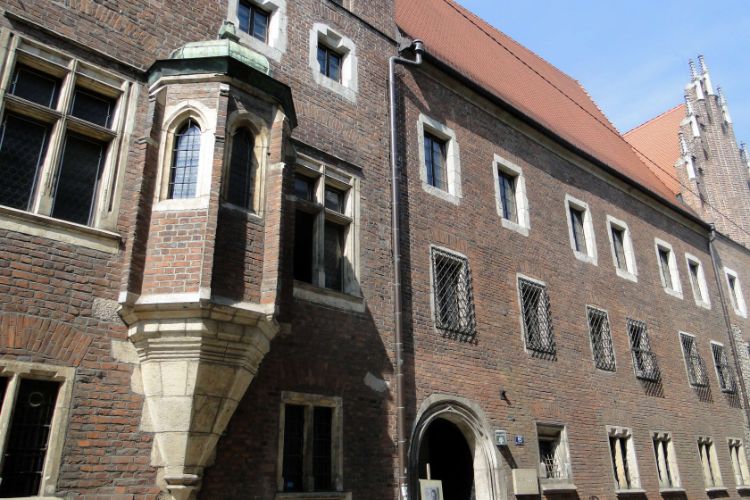
Jagiellonian University Museum
KrakówThe Collegium Maius in Krakow is the Jagiellonian University's oldest building, that dates back to the 14th century. The Collegium Maius houses the Jagiellonian University Museum. The Collegium Maius was rebuilt in the late 15th century as a late-Gothic structure, where professors lived and worked a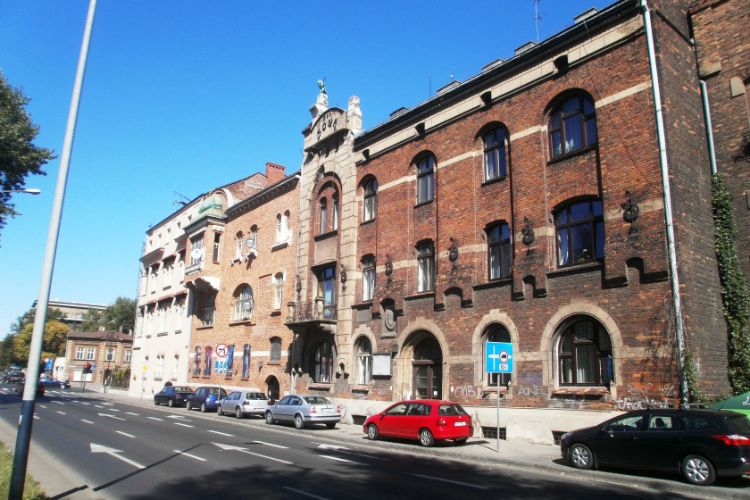
Stained Glass Museum
KrakówThe Stained Glass Museum is a musuem in Krakow that is dedicated to stained glass. The museum also includes a stained-glass workshop and is located in a historic tenement house. The Stained Glass Museum in Krakow's exhibition room is intertwined with the still functioning stained-glass workshop, mak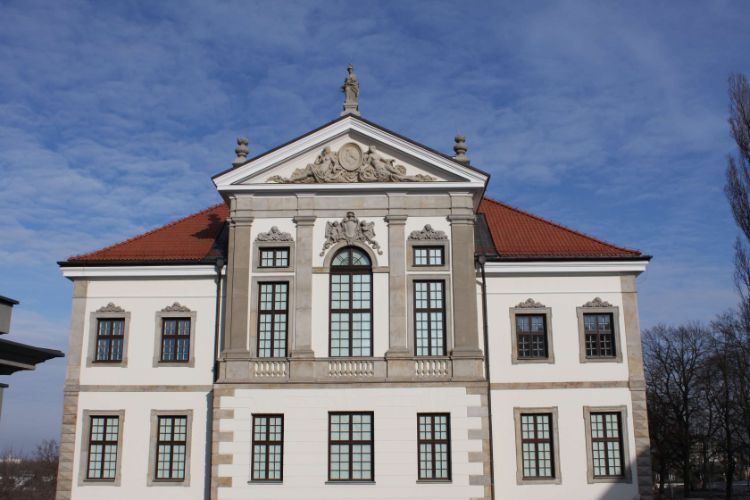
Fryderyk Chopin Museum
WarsawThe Fryderyk Chopin Museum (Muzeum Fryderyka Chopina w Warszawie) is a museum in the Polish capital Warsaw, dedicated to the Polish composer and virtuoso pianist of the Romantic era Frédéric Chopin (1810-1849). The museum is housed in the 17th-century city palace designed by Tielman van Gameren that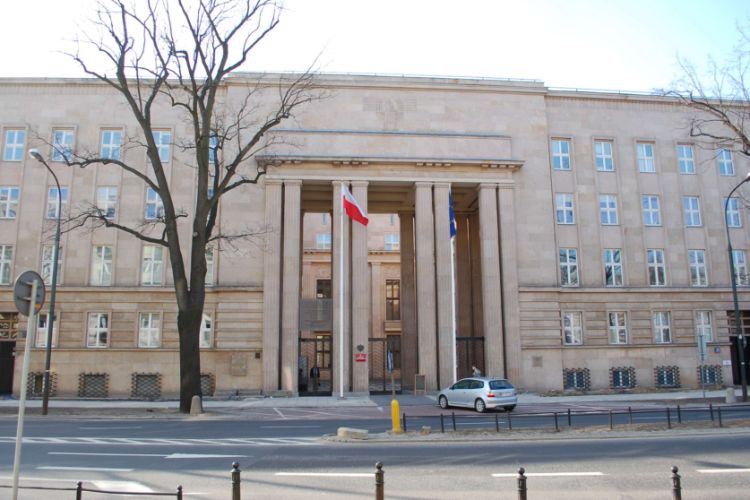
Mausoleum of Struggle and Martyrdom
WarsawThe Mausoleum of Struggle and Martyrdom (Mauzoleum Walki i Męczeństwa) in Warsaw is located in the basement of the former headquarters of the Gestapo during the occupation of Warsaw by German troops during World War II. In the former prison today the then detained, tortured and murdered are commemor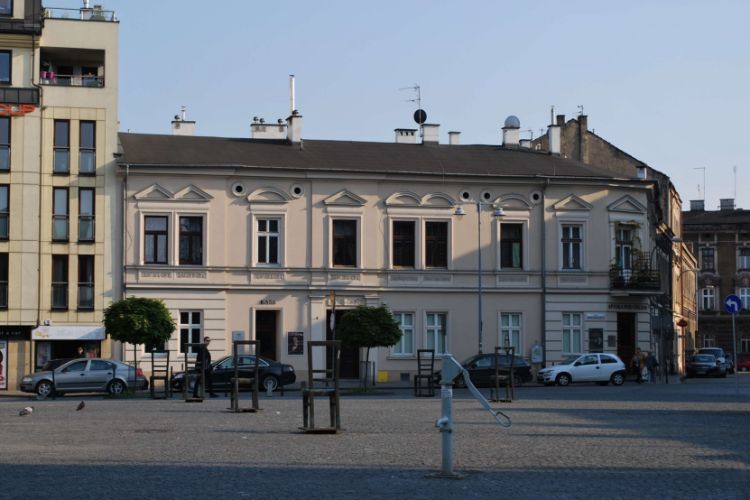
Apteka pod Orlem - Ghetto Eagle Pharmacy Museum
KrakówApteka Pod Orłem (Pharmacy Under the Eagle) was the only pharmacy in the Krakow ghetto. The pharmacy was established in 1910 by Jozef Pankiewicz. During the Second World War the owner was his son Tadeusz Pankiewicz, the only Pole who lived within the boundaries of the ghetto, from the beginning to t
Warsaw Fotoplastikon
WarsawThe Fotoplastikon in Warsaw is the oldest Kaiserpanorama (a form of stereoscopic entertainment medium) in the world that is still located at its original place since its installation. The building itself was built around 1900 in the neo-Baroque style. During the German occupation from 1939 to mid-Ja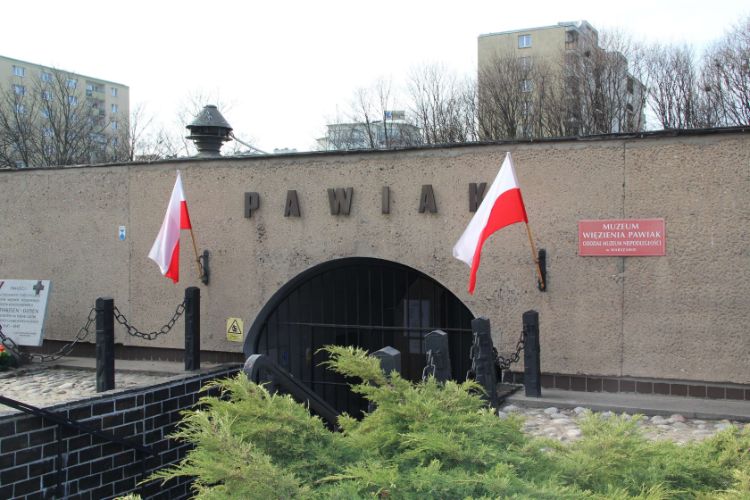
Pawiak Prison Museum
WarsawPawiak was a prison in Warsaw that was built in 1835. During the January 1863 Uprising, it served as a transfer camp for Polish people sentenced by Imperial Russia to deportation to Siberia. During the World War II, the Pawiak Prison became part of the Nazi concentration-death camp apparatus. In 194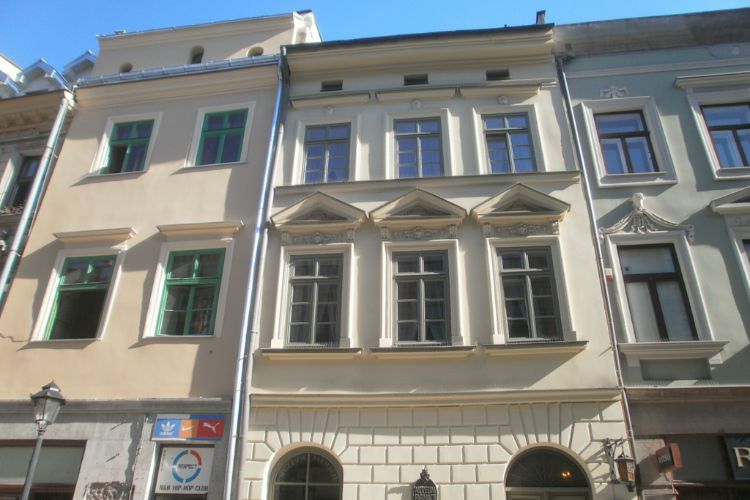
Pharmacy Museum in Kraków
KrakówThe Pharmacy Museum in Kraków (Muzeum Farmacji Collegium Medicum Uniwersytetu Jagiellońskiego) is a museum in Kraków that specializes in the history of pharmacy and pharmaceutical technology that was established in 1946. The museum is located on all five floors of the building, including the basemen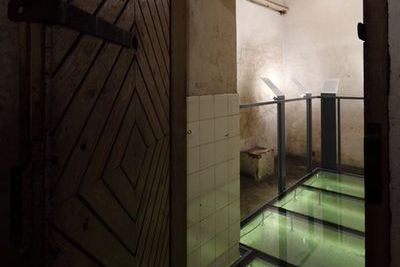
Pomorska street Gestapo prison
KrakówThe Pomorska street in Krakow contained the headquarters of the Nazi Gestapo police during World War II (including the Gestapo prison). The Pomorska street Gestapo prison is now a museum that exhibits documents, archive material, photographs and various items related to a recent past of Poland and t
Museum of the University of Wrocław
WrocławThe Museum of the University of Wrocław is a history museum in Wrocław. The museum is mostly dedicated to the history of the University - from the 15th century to the present and is housed in the main Baroque building of the University. The oldest objects in its collection date back to the old times
Polish Post Office Museum
GdańskThe Polish Post Office Museum is housed in the building that was not only the home of the postal service but also the building that acted as the centre of the Polish government's intelligence. The building got badly damaged, but was reconstructed after the war between 1949 and 1951. The building is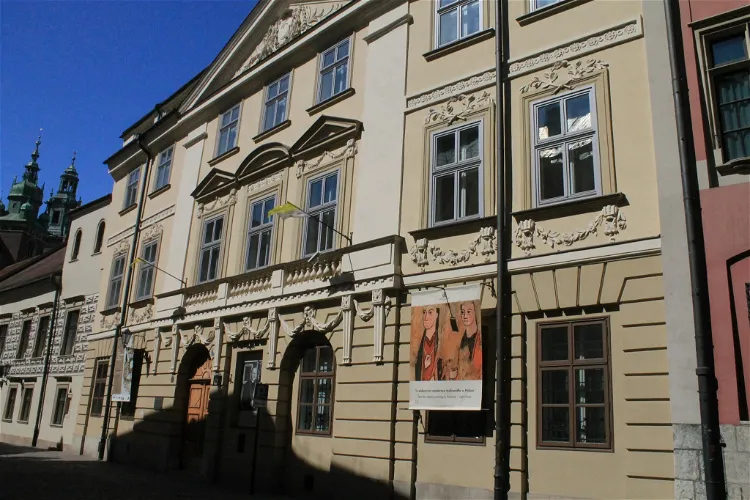
Archdiocesan Museum
KrakówThe Archdiocesan Museum in Krakow is located in the former residence of Cardinal Karol Wojtyła, who later became Pope John Paul II. The museum is situated in houses number 19 to 21 at Kanonicza Street. This location is not only significant for its historical value but also for its connection to one of the most influential figures in the Catholic Church.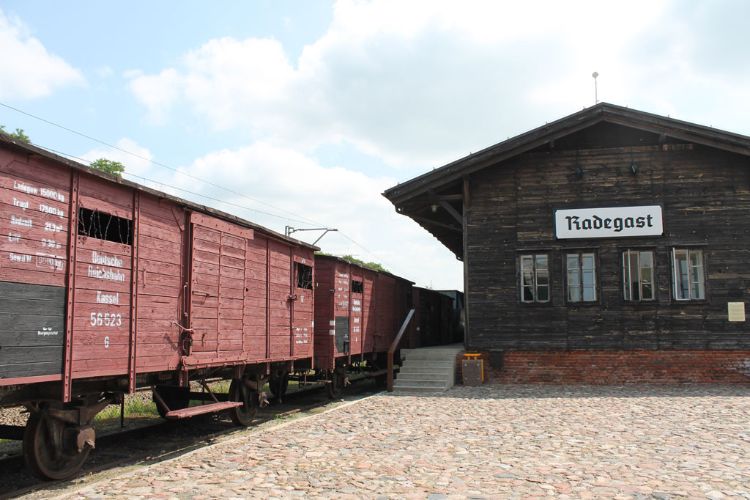
Radegast Station - Independence Traditions Museum
ŁódźThe Radegast train station is a small historic train station in Łódź that was built between 1926 and 1937 and during World War 2 was situated just beyond the boundary of the Łódź Ghetto. The Radegast was the main link of the Ghetto to the world outside and primarily used for the Holocaust transports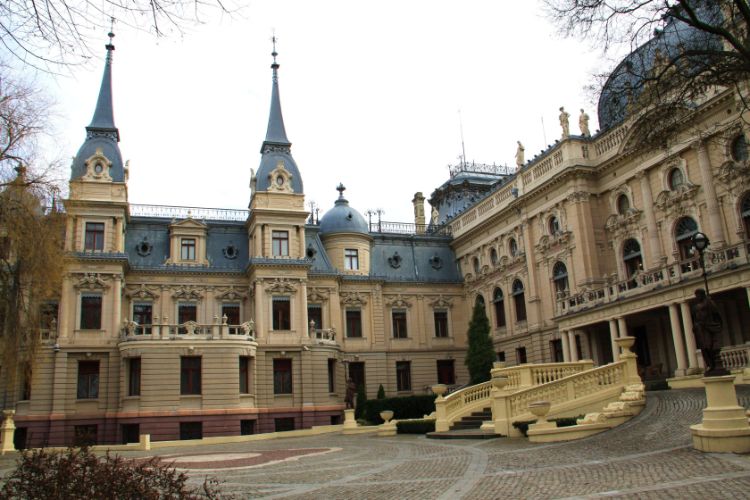
Museum of the City of Lodz
ŁódźThe Museum of the City of Lodz is a history and art museum in Łódź that is housed in the former Palace of Poznansky, built by local industrial family. The museum holds collections of antique items from many fields of social life, history, culture and art of the city and a library with a collection o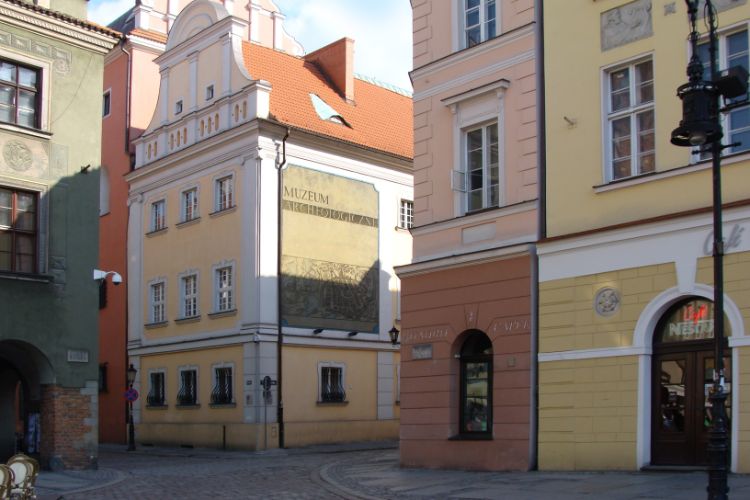
Poznan Archaeological Museum
PoznańThe Poznan Archaeological Museum is housed in Renaissance palace which was the city residence of the Gorki family that dates from the first half of the 16th century. The museum illustrates and holds collections on the prehistory of the region, from the Stone Age to the early medieval period. Further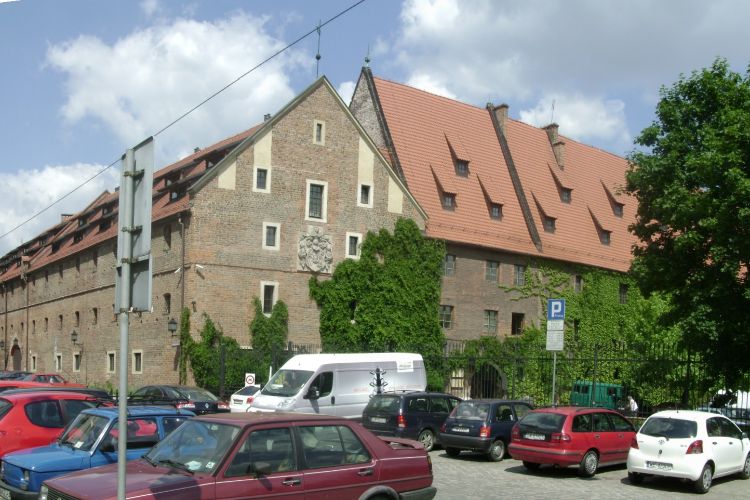
Wroclaw Military Museum
WrocławThe Wroclaw Military Museum is housed in the Wrocław City Arsenal (Arsenał Mikołajski) that dates back to the 15th century. The Wroclaw Military Museum holds a collection with Polish and foreign military artefacts, including melee weapons (17th - 20th century), firearms (19th - 20th century), helmet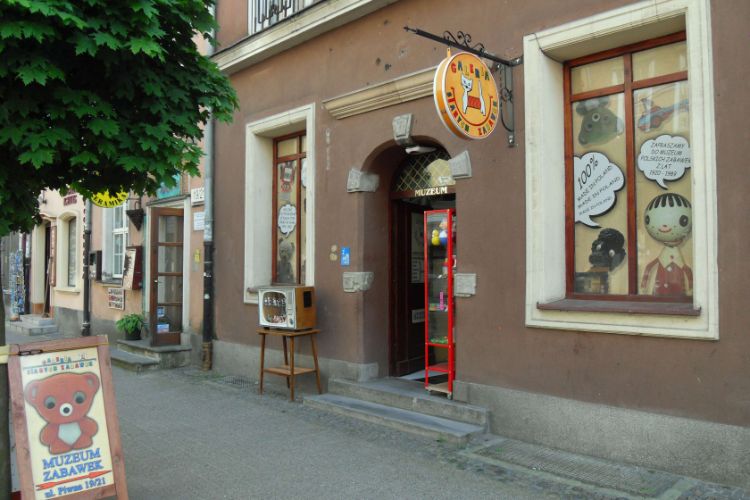
Old Toy Gallery
GdańskThe Old Toy Gallery is a private museum in Gdańsk. The museum holds a collection with historical Polish toys from between 1920 and 1989. The collection includes dolls and stuffed animals, tin toys (including vehicles, dollhouse equipment and piggy banks), wooden toys (including blocks), plastic toys
Museum of the History of Poznań
PoznańThe Museum of the History of Poznań is housed in the City Hall in Poznań. In the museum, the exhibits that are located in the ground floor halls and on the first and second floors, illustrate the story of Poznań and its City Hall from when it all started in 1253 until the 1950s.
Museum of the Factory
ŁódźThe Museum of the Factory (Muzeum Fabryki) is a museum in Łódź that is housed in the Manufaktura complex that was built on the 30-hectare site of the industrialist Izrael Poznański, a master weaver. The Museum of the Factory illustrates the history of the industrial fortune of him and shows how the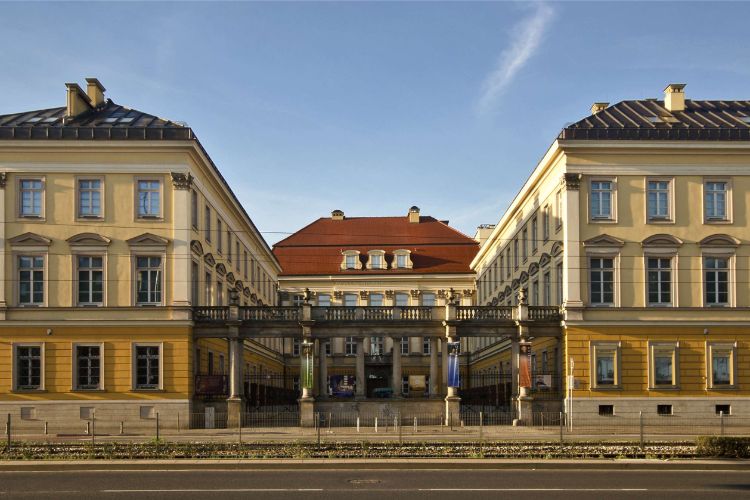
The Historical Museum - Wrocław Palace
WrocławThe Historical Museum is a history museum in Wrocław, housed in the Royal Palace, the former residence of Prussian kings. The Historical Museum - Wrocław Palace features four permanent exhibitions, namely: the Royal Apartments, the original Beyersdorf room and temporary exhibitions.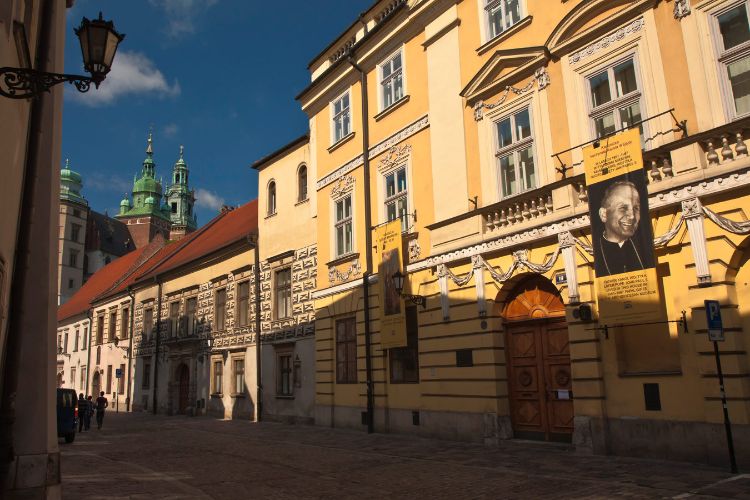
The Archdiocesan Museum
KrakówThe Archdiocesan Museum of Cardinal Karol Wojtyla in Krakow is a museum in Krakow that is housed in tenement houses 19-21 at Kanonicza Street. Tenement house number 19 is called St. Stanisława, and the house at 21 is called Dean's House. The collection of the Archdiocesan Museum contains sacred art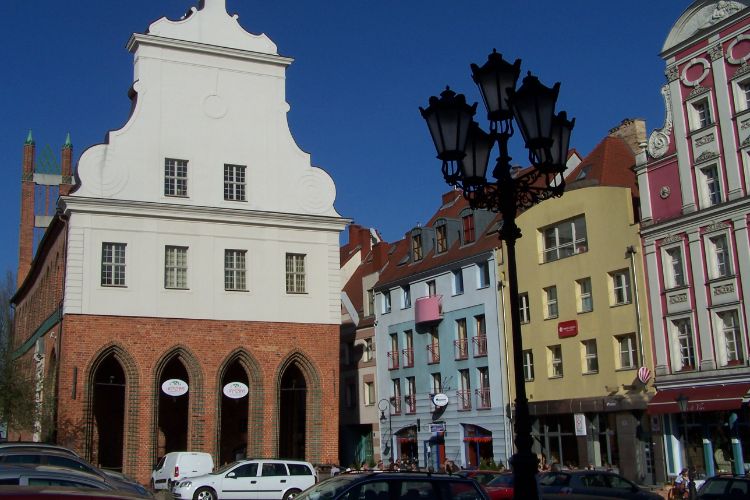
Szczecin History Museum - National Museum in Szczecin
SzczecinThe Szczecin History Museum - National Museum in Szczecin is housed in a Gothic old town hall, which dates back to middle 13th century and still features some impressive interiors. The museum organises exhibitions of history and culture of Szczecin of times ranging from the oldest ages with archaeol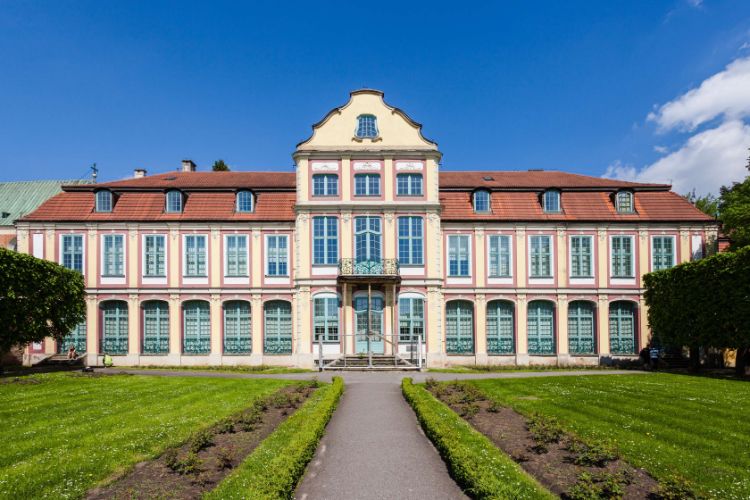
Abbot's Palace
GdańskThe Abbot's Palace was initially constructed in the 15th century. Later, in the first half of the 17th century a New Palace was added to the existing building which was the residency of Jan Grabiński, the abbot of the Cistercians. Now, the Abbot's Palace contains the Department of Modern Art of the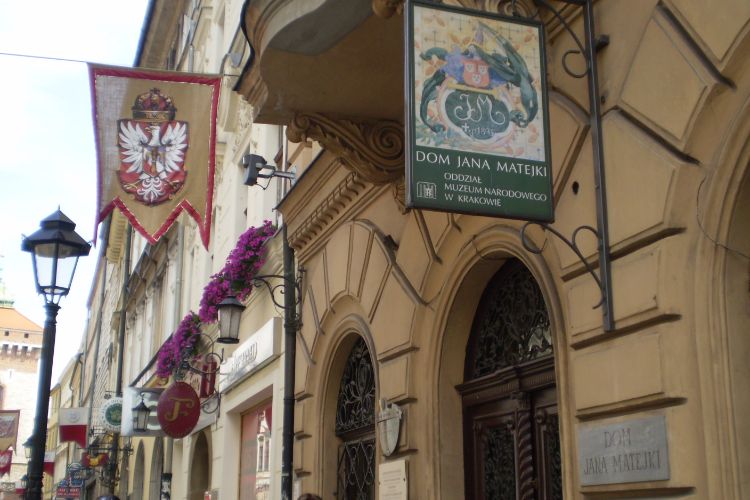
Jan Matejko House - Krakow National Museum
KrakówThe Jan Matejko House in Krakow is a museum dedicated to the painter Jan Matejko (1838-1893), who was born there and spent his whole life there. The house was built in the 16th century and was rebuilt several times after that. In 1872, Jan Matejko designed a new facade with the architect Tomasz Pryl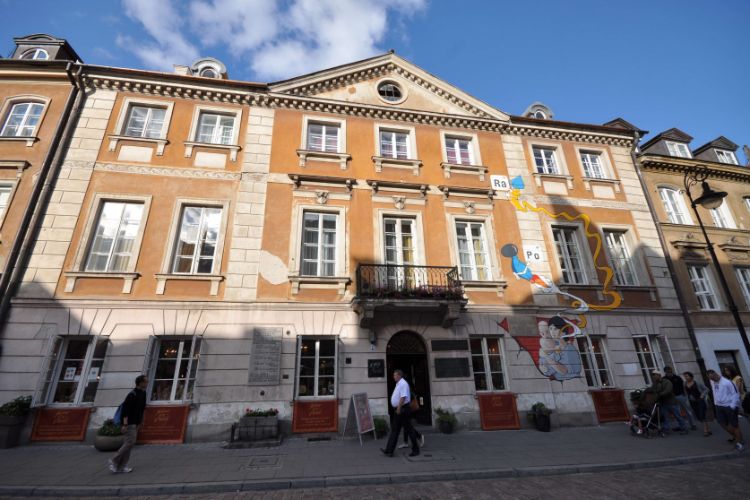
Maria Skłodowska-Curie Museum
WarsawThe Maria Skłodowska-Curie Museum (Muzeum Marii Skłodowskiej-Curie) is a museum in Warsaw that is dedicated to the life and work of Polish and naturalized-French physicist and chemist who conducted pioneering research on radioactivity Marie Skłodowska Curie. Marie Skłodowska Curie was the first woma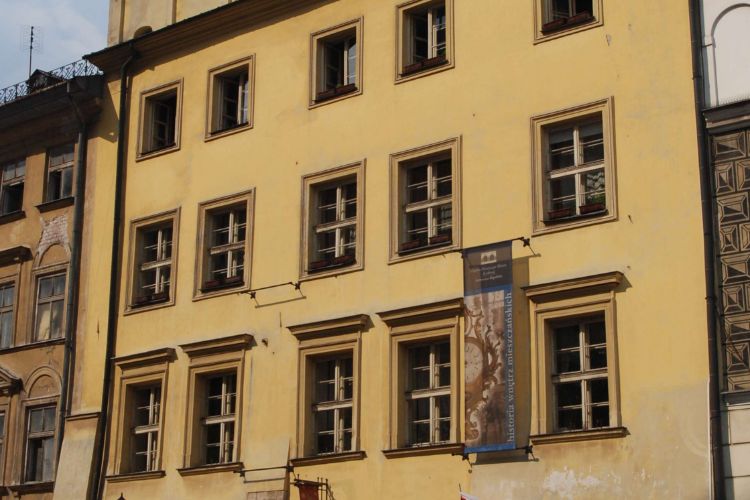
The Hipolit House
KrakówThe Hipolit House is one of the branches of the Historical Museum of Krakow, located at the Mariacki Square in a two-story building. The museum houses a permanent exhibition called "A Bourgeois House" that shows how Cracovians lived from the 17th to the 19th century, with changing characteristics of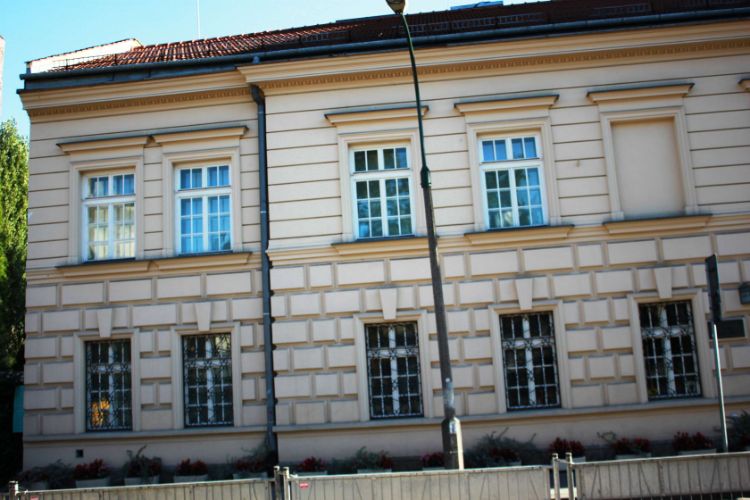
Jozef Mehoffer House - National Museum in Krakow
KrakówThe Józef Mehoffer House ( Dom Józefa Mehoffera) is a museum in Krakow that is a branch of the Krakow National Museum. The museum is dedicated to the painter Józef Mehoffer (1869-1946). Stanisław Wyspiański was born in the house in 1869. The Mehoffer family also lived in the house in the post-war pe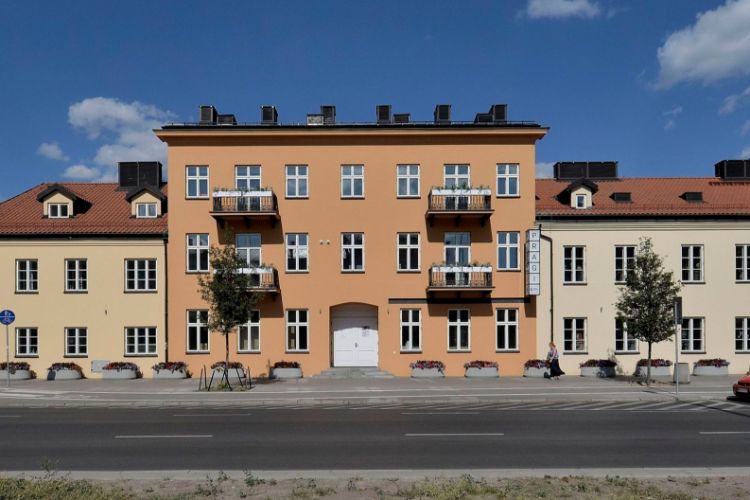
Museum of Praga
WarsawThe Museum of Praga (Muzeum Warszawskiej Pragi) is a museum in Warsaw that is housed in historic buildings, one of which is the oldest brick built house in Praga, that dates back to the 18th century. The museum is dedicated to the history of the Warsaw city district Praga. The museum features vario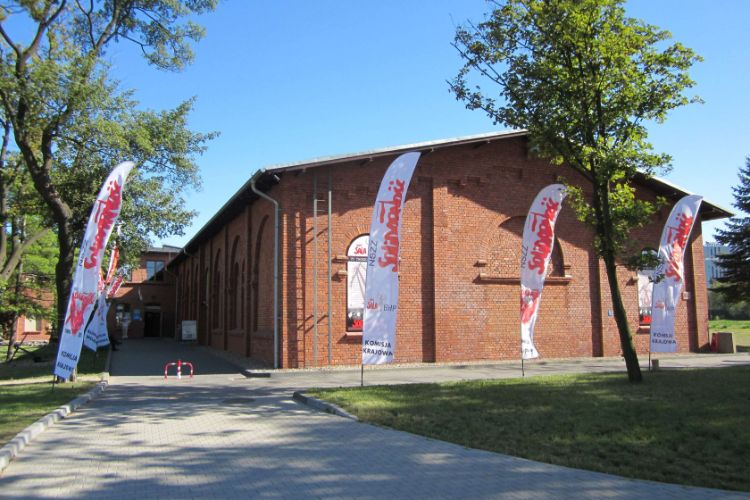
Sala BHP
GdańskSala BHP (BHP room) is a historic building in Gdańsk which used to be a part of Gdansk Shipyard. It is the place where the August agreements were signed in 1980. It now serves as an exhibition and convention centre and hosts various events.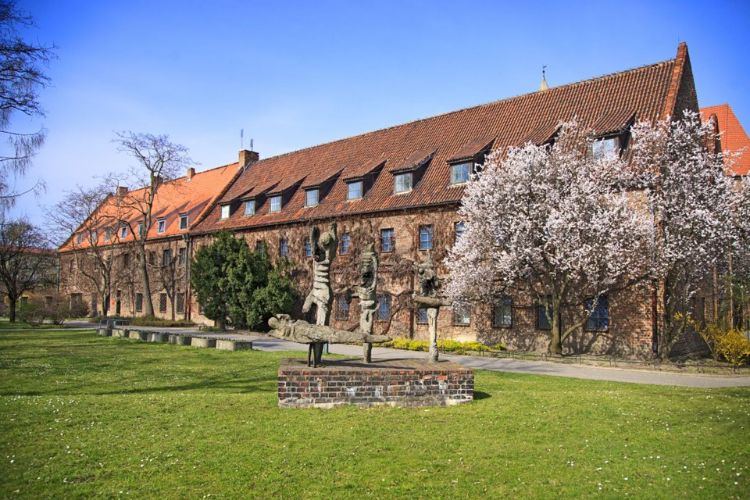
Museum of Architecture in Wrocław
WrocławMuseum of Architecture in Wroclaw is the only museum institution in Poland dedicated entirely to the history of architecture and contemporary architecture. Museum of Architecture in Wroclaw carries out programs and events for architects, historians and the general public. It prepares exhibitions on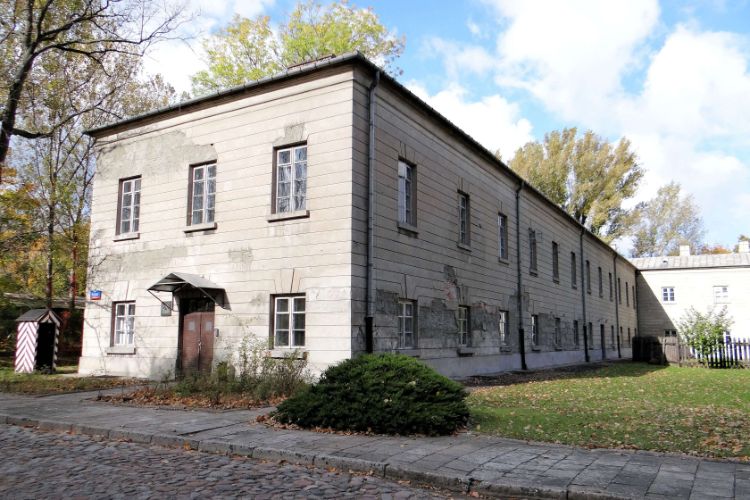
Museum of Pavilion X
WarsawThe Xth Pavilion of the Citadel Warsaw (X Pawilon Cytadeli Warszawskiej) is a former prison on the grounds of the Warsaw Citadel. Today it is host to one of the most important museums on martyrdom in Poland. Three permanent exhibitions are shown in the museum. The first exhibition traces the struggl
Wincenty Pol Manor House
LublinWincenty Pol’s manor house is a biographical museum with the character of a historical house. Its mission is, on one hand, to maintain and promote the memory of the once famous and deserved bard and scholar – about his fate, various forms of initiatives and creative activity, and on the other – upda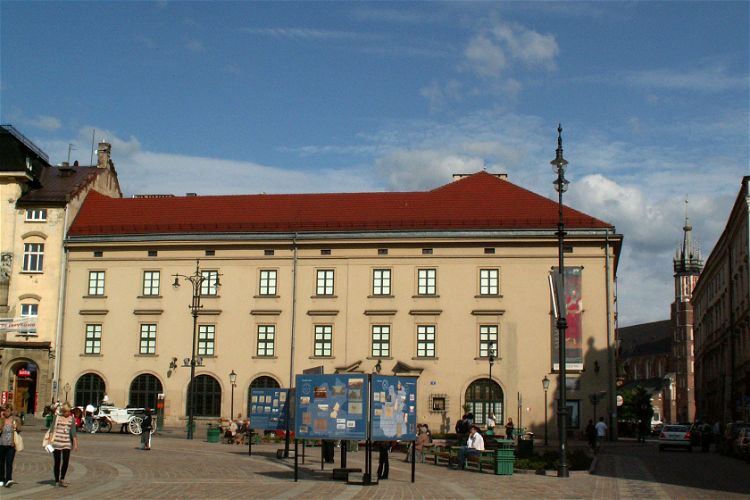
The Feliks Jasieński Szołayski House
KrakówThe Szołayski house is a two-storey building in Krakow that houses a permanent exhibition devoted to Stanisław Wyspiański (a Polish playwright, painter and poet, as well as interior and furniture designer) and Feliks "Manggha" Jasieński (a Polish critic and art collector). The oldest part of the Szo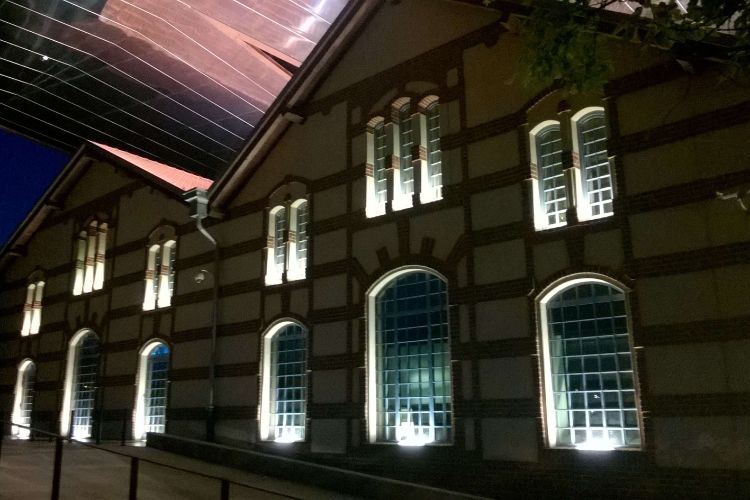
Cricoteka
KrakówThe Cricoteka (Center for the Documentation of the Art of Tadeusz Kantor) is a cultural institution founded in 1981 in Krakow, housed in a former power plant. It is dedicated to the Polish painter, assemblage and Happenings artist, set designer and theatre director Tadeusz Kantor. After his death, t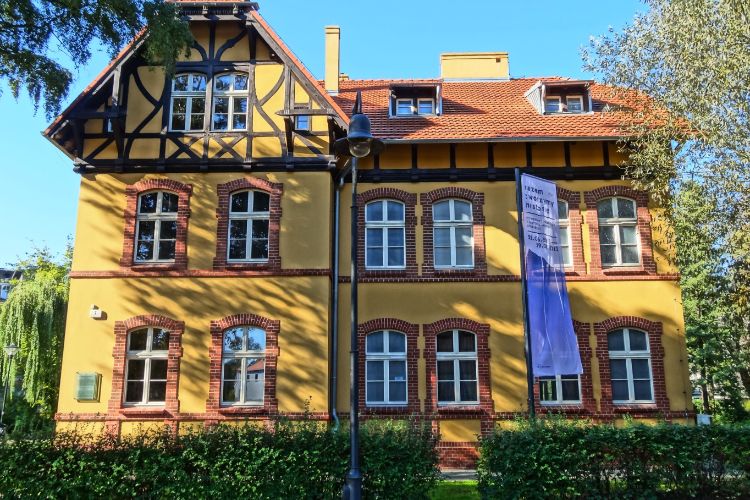
Leon Wyczolkowski House
BydgoszczThe Leon Wyczolkowski House was constructed in 1899-1902 as a residence for members of the management of the Rother’s Mills. The building is an example of Neoromanticism. In 1994 the house became part of the Leon Wyczółkowski District Museum in Bydgoszcz. The museum exhibits artworks made by Leon Wy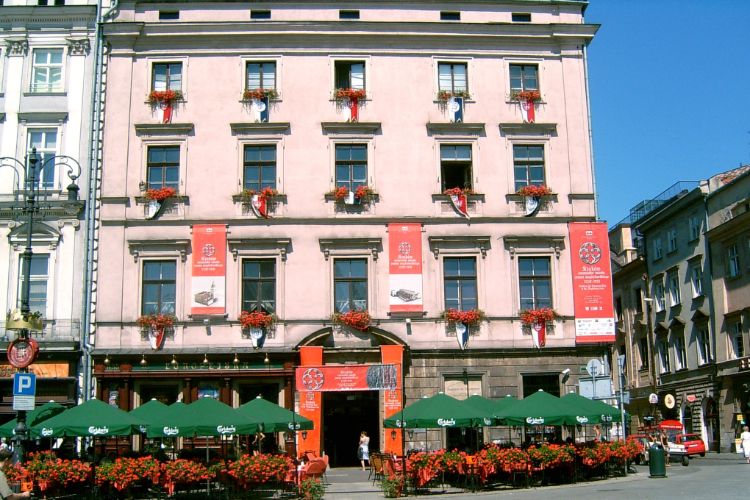
Krzysztofory Palace - Historical Museum of Kraków
KrakówThe Krzysztofory Palace is a small, baroque palace located on the main square of Kraków and is part of the Historical Museum of Krakow. In the 17th century, the Crown Court Marshal Adam Kazanowski commissioned the construction of the Krzysztofory Palace. It was named after St. Krzysztof, the patron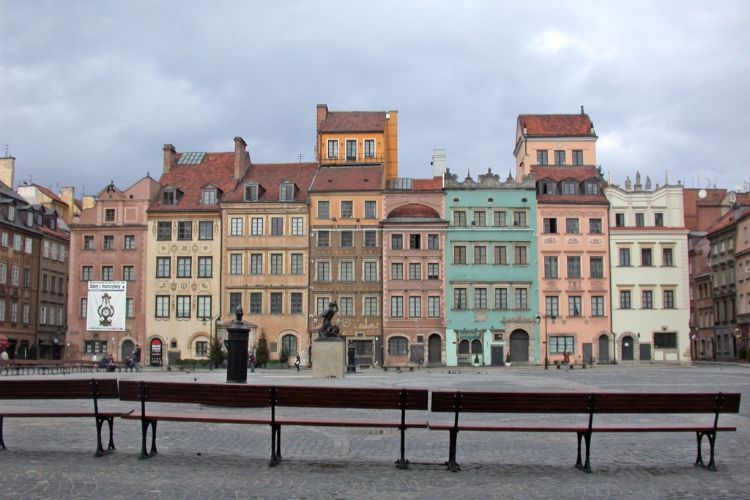
Museum of Warsaw
WarsawThe Museum of Warsaw (Muzeum Warszawy) is a museum in the Polish Capital Warsaw that was established in 1936 and is located in the Old Town Market Place. The museum holds and exhibits collections in the field of archeology, painting, graphics, iconography, sculpture, decorative arts, numismatics and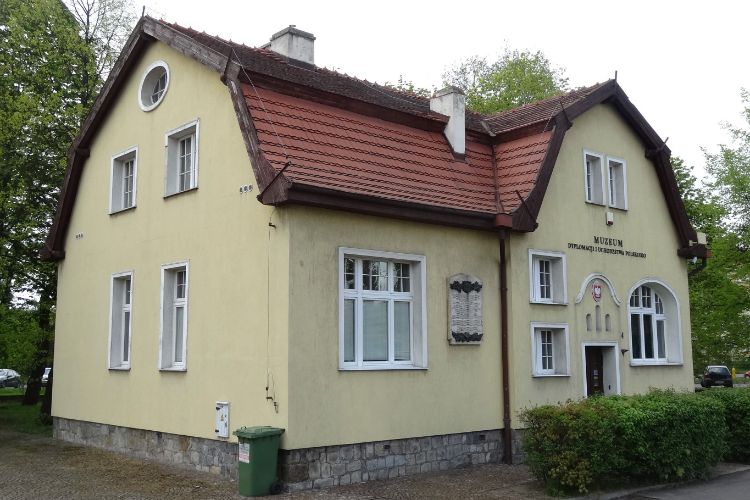
Museum of diplomacy and Polish refugees
BydgoszczThe Museum of Polish Diplomacy and Refugee in Bydgoszcz holds a collection concerning the Polish foreign service, the history of the Polish Government in Exile, as well as materials that depict the life and activities of Polish people living in various parts of the world.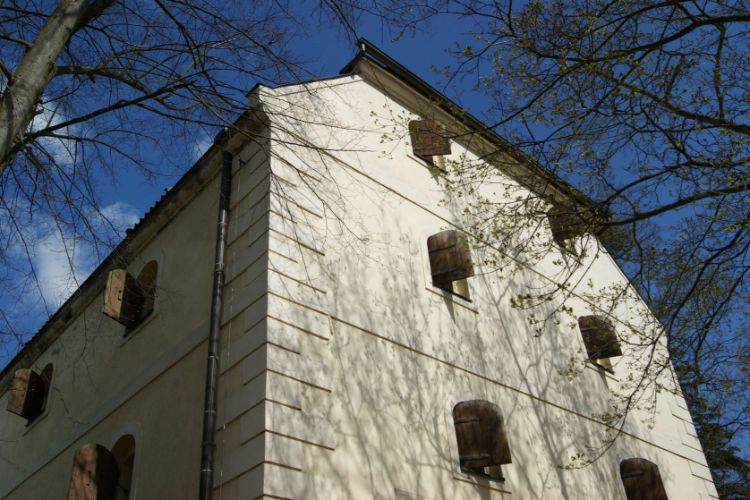
Abbey Granary - Department of Ethnography
GdańskThe Abbey Granary of the Department of Ethnography is situated inside Oliwa Park. It is an 18th century Abbatial Granary with three floors. The museum is devoted to the history and culture of the Pomerania region and showcases folk-related artefacts from Eastern Pomerania. The collection includes a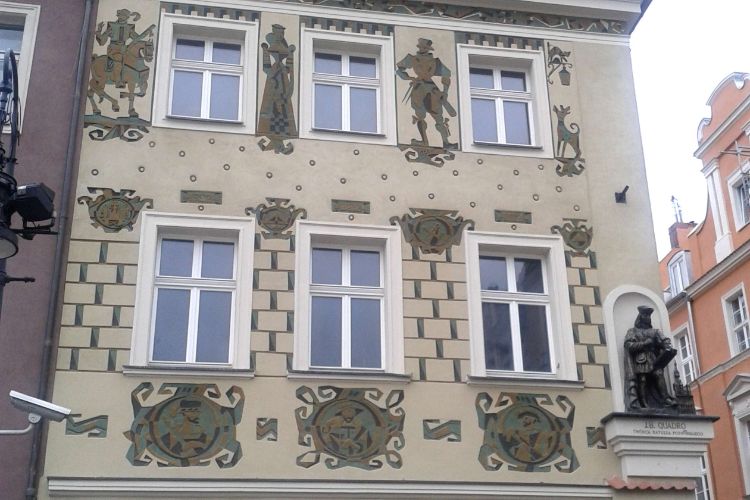
Henryk Sienkiewicz Literary Museum
PoznańThe Henryk Sienkiewicz Literary Museum is housed in a 16th-century townhouse in the Old Market Square in Poznań. The museum illustrates the atmosphere of the time in which Henryk Sienkiewicz lived and created his literary works. Collection held by the museum include surviving period furniture, works
Piwnica pod Fortuną
LublinPiwnica pod Fortuną (basement under Fortuna in Lublin) is a museum in Lublin. The main building is located in the cellars of the Lubomelski tenement house. It is a complex of Renaissance cellars, called the 'Winiarnia under Fortuna'. The rooms from the 1670s have preserved polychromes - one of the f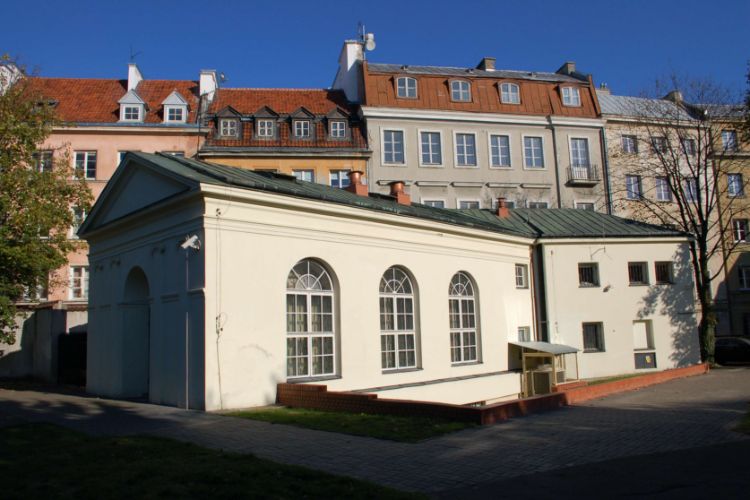
Museum of Caricature in Warsaw
WarsawThe Museum of Caricature in Warsaw is a museum dedicated to caricature that is housed in an old orangery which was once part of the 18th century Prymas Castle. Today the museum holds more than 25,000 exhibits. The oldest work dates from the 18th century.Since the former orangery is not that big, it
Etnography Museum
PoznańThe Ethnographic Museum in Poznań is part of the National Museum of Poznań. The museum is housed in the historic building of an old freemason lodge, surrounded by a historic baroque-style park. The museum is one of Poland's oldest museums dedicated to illustrating the richness of folk culture. The m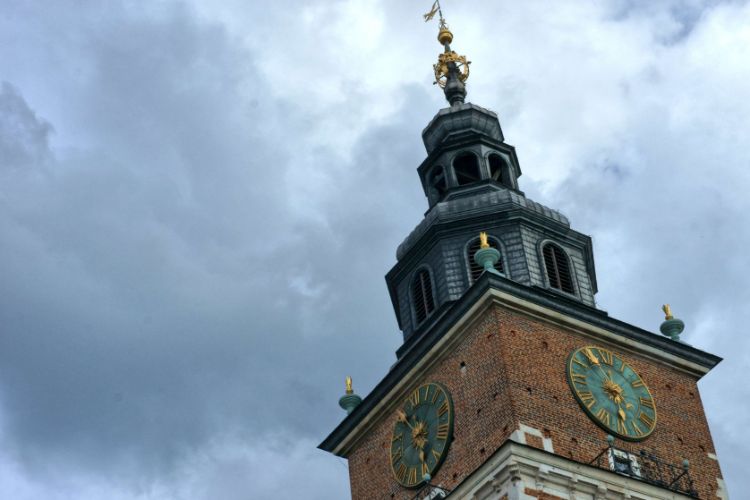
The Town Hall Tower
KrakówThe Town Hall Tower (Wieża ratuszowa) is a Gothic tower of 70 meters in Krakow that was built of brick and stone blocks in the 14th century and was part of the town hall that was demolished in 1820. There used to be a prison with a torture chamber under the Town Hall Tower. It is now in use by the H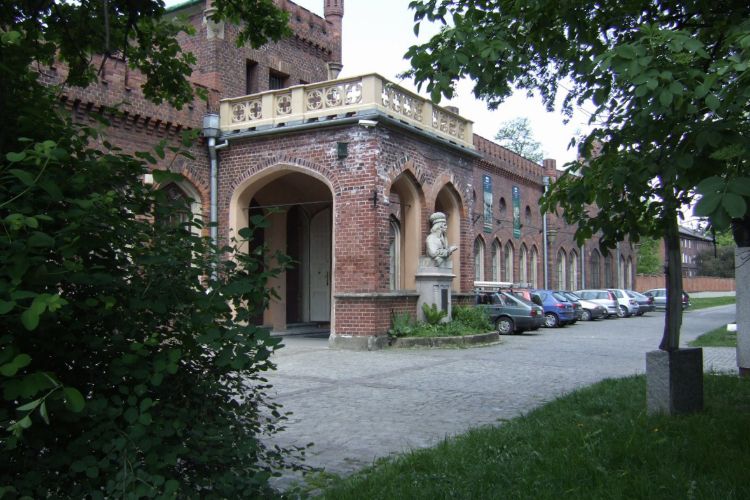
Celestat
KrakówThe Celestat is a musuem in Krakow that is dedicated to the history of the Cracovian Fowler Brotherhood of hunters and marksmen. The museum holds and displays a collection that includes oil paintings, guns, teapots, photographs and other relics related to its history.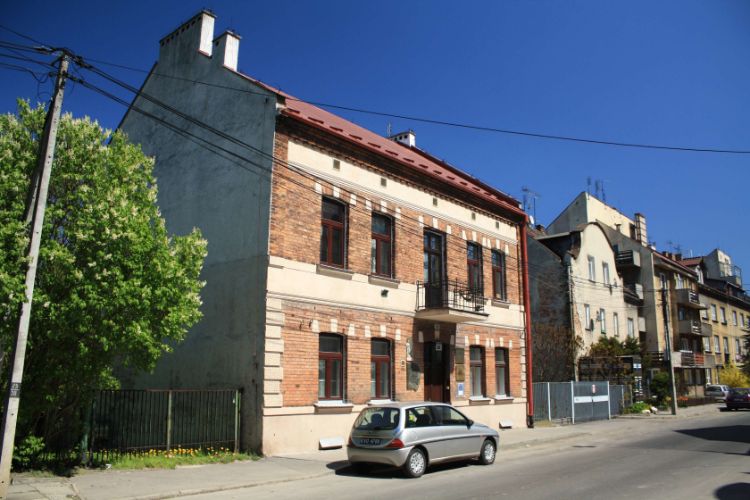
Zwierzyniec House
KrakówThe Zwierzyniec House is a branch of the Krakow Historical Museum. The museum houses an exhibition that illustrates the history of creativity of artists from Zvezhynets. Furthermore, the museum illustrates the changes that have taken place in the former suburbs of Krakow since their incorporation in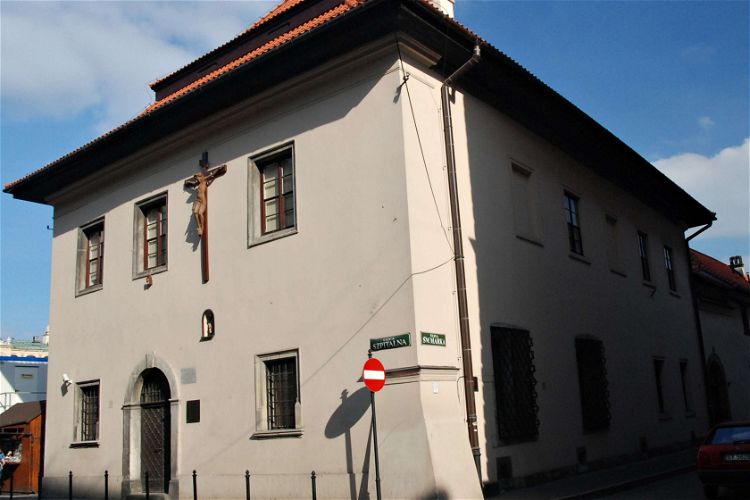
Cross House
KrakówThe Cross House (Dom pod Krzyżem) is a historic-architectural building in Krakow that houses the Stanislav Wyspianski Theater Museum, which is a branch of the Krakow Historical Museum. In 2008, a permanent exhibition was closed due to the necessary renovation of the building, conservation of exhibit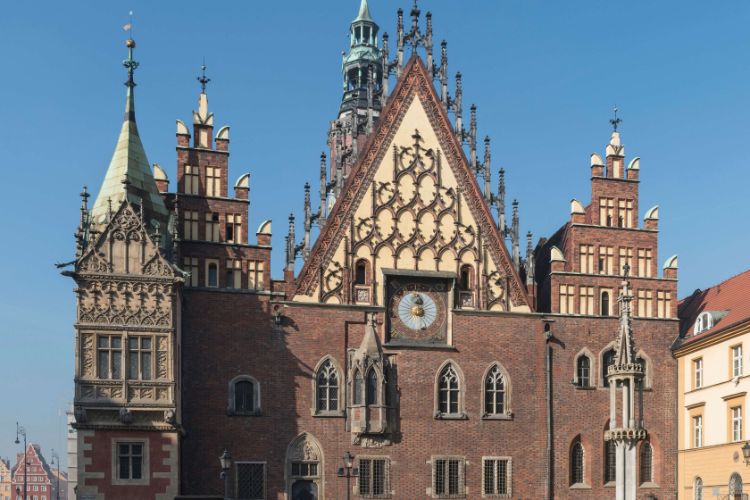
The Museum of Burgeois Art - Town Hall
WrocławThe Museum of Bourgeois Art is part of the City Museum of Wrocław and is housed in the Old Town Hall of Wrocław. The museum exhibits the interiors of the building and holds collections of works of art and handicrafts related to Wrocław. Its collection includes paintings, drawings and graphics from t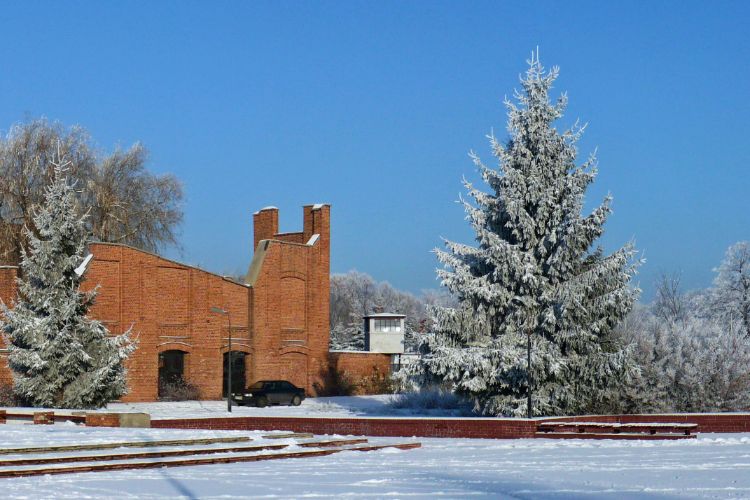
Radogoszcz prison - Museum of Independence Traditions
ŁódźThis branch of the Museum of Independence Traditions is situated inside the Radogoszcz prison, a German Order Police and Gestapo prison in Łódź. The museum commemorates its wartime victims and offers its visitors a chronological journey on the Roads to Independence experienced in Łódź, covering the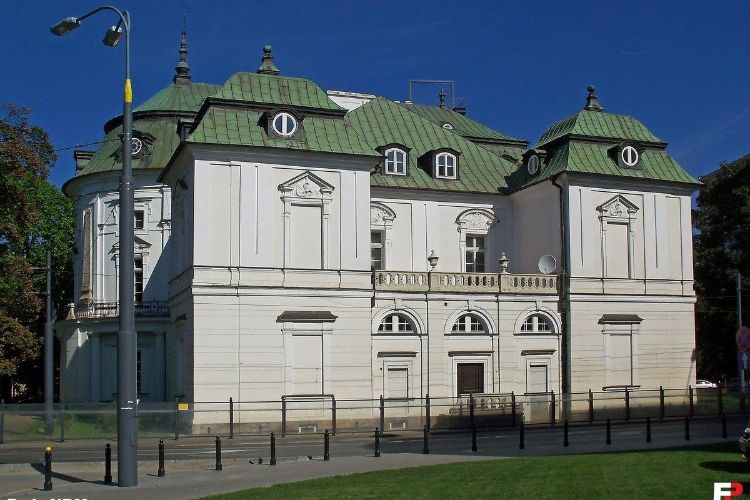
Museum of Independence
WarsawThe Museum of Independence (Muzeum Niepodległości) is a museum in Warsaw that is located in the former Przebendowski Palace. Besides this location, the Museum of Independence has the following branches: the X Pavilion Museum at the Warsaw Citadel, the Museum of Pawiak Prison and the Mausoleum of Str- 54
Makiety Dawnego Poznania
PoznańMakiety Dawnego Poznania (Mockup of Old Poznań) is a multimedia historical exhibition in Poznań, located in the basement of the Conventual Franciscans church. The museum features 3 different models: a mock-up of the Gates of the First Piasts at Ostrów Tumski, a mock-up of Old Poznań according to Bra - 55
Romanesque Cellar - Gdansk Archeological Museum
GdańskThe Romanesque Cellar of the Gdansk Archeological Museum is an antique remnant of a 13th century Dominican Monastery which, in the past, served as a dining hall and kitchen. The highlight is the refectory (dining hall). The exhibition features a film on the history of where the former Dominican mona - 56
European Money Center
BydgoszczThe European Money Center is housed in a tenement house from the turn of the 18th and 19th century with features of classicistic, late Baroque. Until 1996 it served as a dwelling house for employees of the mills administration. In 1945, it became the property of the State Treasury, and in the 1990s - 57
The Podgórze Museum
KrakówThe Podgórze Museum is a museum in Krakow that illustrates the history of the Podgórze district. The museum presents a permanent exhibition "A Brief History of the City of Podgórze", which includes exhibits such as the 19th-century desk of the mayors of Podgórze and the insignia of the City Council